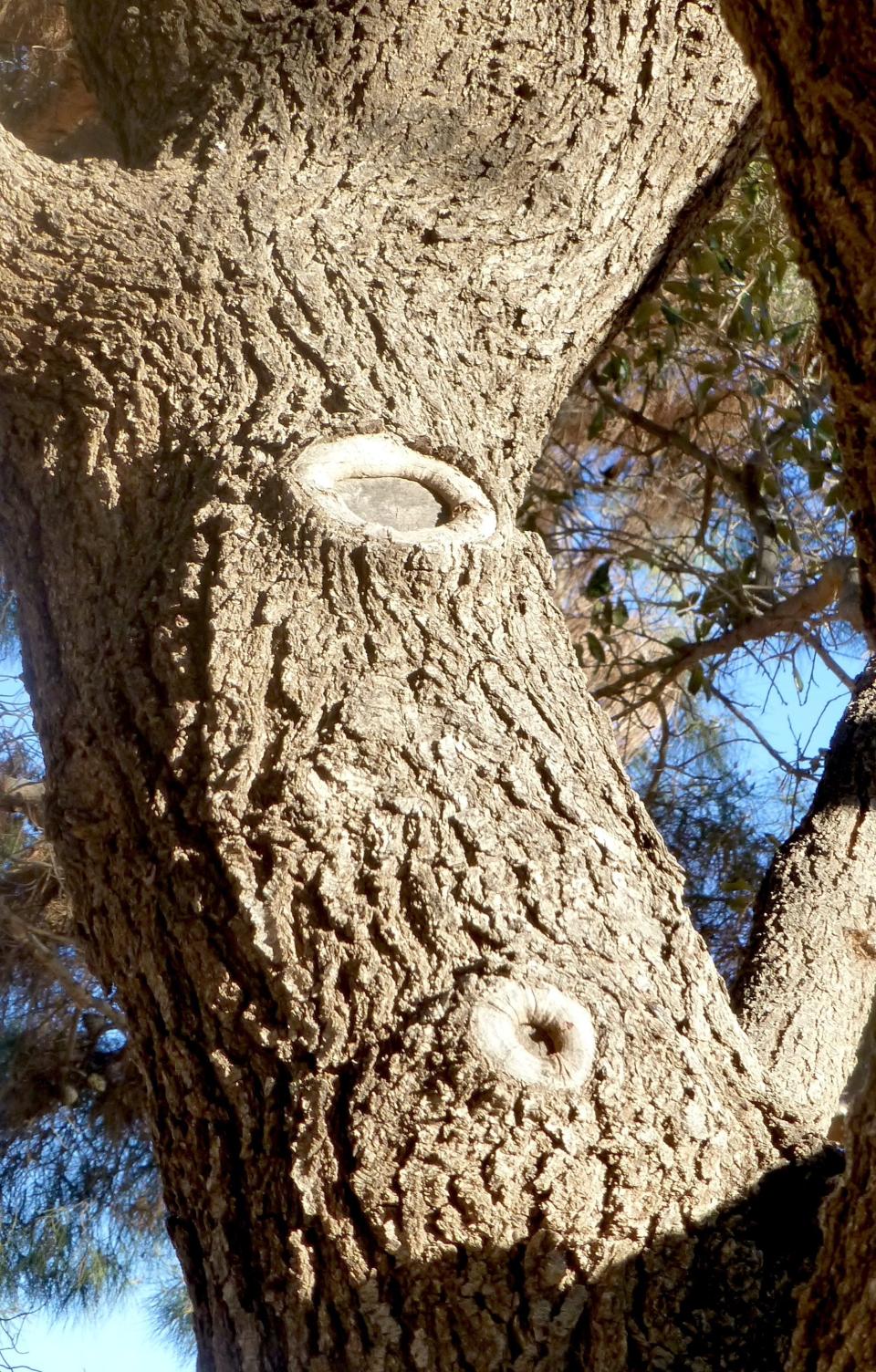Gardening for You: A narrow window for pruning oaks
Recent colder temperatures are a gift for the season to prune oaks. Recent years have seen the demise of oak species caused by the oak wilt fungus, resulting in a recommended narrow pruning window from January to mid-February.

There is a compelling reason for caution of a narrow pruning window when pruning oaks.
Oak wilt is a devastating disease caused by the fungus Bretziella fagacearum. The fungus invades the xylem (ZI-lem), the water conducting tissue, that extends from the roots up through above-ground tree tissue.
All oaks are susceptible to infection by B. fagacearum but red oaks and live oaks are particularly affected. Trees will not recover once infected.
Often symptoms appear on a single branch and within several weeks the entire tree is overcome. Foliar symptoms of oak wilt on red oaks usually appear in the spring on young leaves but infected leaves can stay attached for some time.
Young leaves wilt, lose chlorophyll and their color turns yellow and then bronze, giving an overall effect of autumn leaf pigmentation. Mature leaves also lose chlorophyll; additionally, water-soaked blotches appear in the leaf blade, leaf margins become necrotic, eventually the entire leaf dies.
Infected live oak trees express similar symptoms as red oaks. Death of live oaks is also fast but not as swift as with infected red oaks. Leaf blades develop interveinal necrosis as they lose chlorophyll; tips turn brown and become necrotic. Trees eventually defoliate and die within six months.
The most usual spread of the pathogen is tree to tree through fungal mats that become established in interconnected root systems but the pathogen can be introduced by the feeding of beetles that carry oak wilt fungal spores into wounded tissue. Wounds can arise from pruning cuts, severe weather, or other damage. Infections are most common in the spring.
Follow wise pruning practices to prevent the disease. The least risky time for pruning is during the coldest days of winter, which in our area is early February.
There are two schools of thought on care of limbs after a pruning cut is made. Some recommend painting or sealing the wound to prevent fungal spores from infecting healthy tissue. The other thought is to NOT paint the wound. The reasoning is that cells in a tree limb are constantly being made into healthy tissue, which over time will heal and protect the bark.
The proper pruning technique is to cut branches almost to the origin, leaving a ½ to 1 inch section of branch collar tissue. Cells in the living bark tissue will regenerate, forming a rounded collar around the wound; the cut eventually fills in with healthy tissue. Sterilize pruning equipment with 1 part bleach to 10 parts water after a cut is made.
Certified arborists can give valuable direction if oak wilt is suspected. Trees that have died from the oak wilt fungus should be removed immediately.
Note: Some information from texasoakwilt.org
Ellen Peffley taught horticulture at the college level for 28 years, 25 of those at Texas Tech, during which time she developed two onion varieties. She is now the sole proprietor of From the Garden, a market garden farmette. You can email her at gardens@suddenlink.net
This article originally appeared on Lubbock Avalanche-Journal: Gardening for You: A narrow window for pruning oaks

